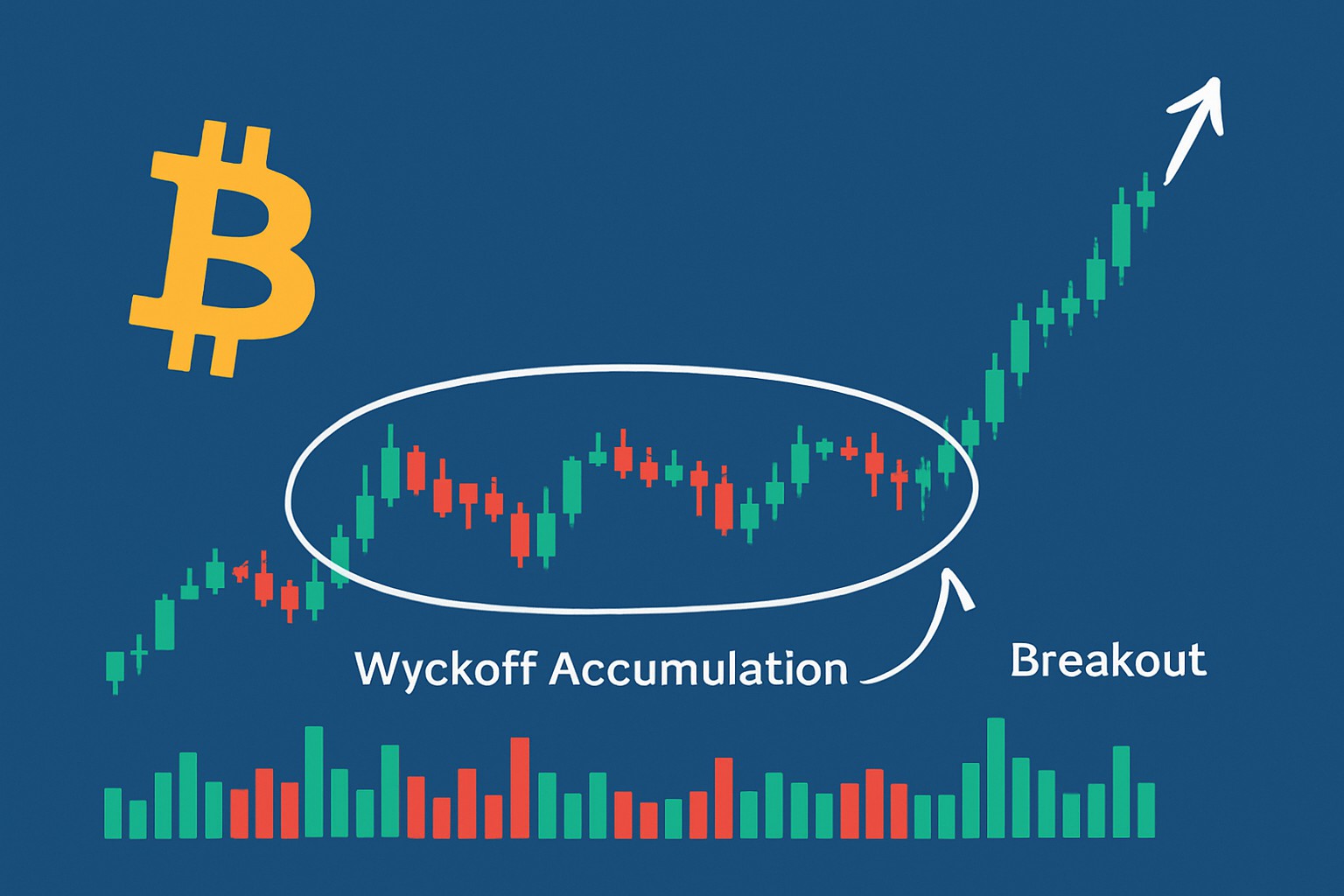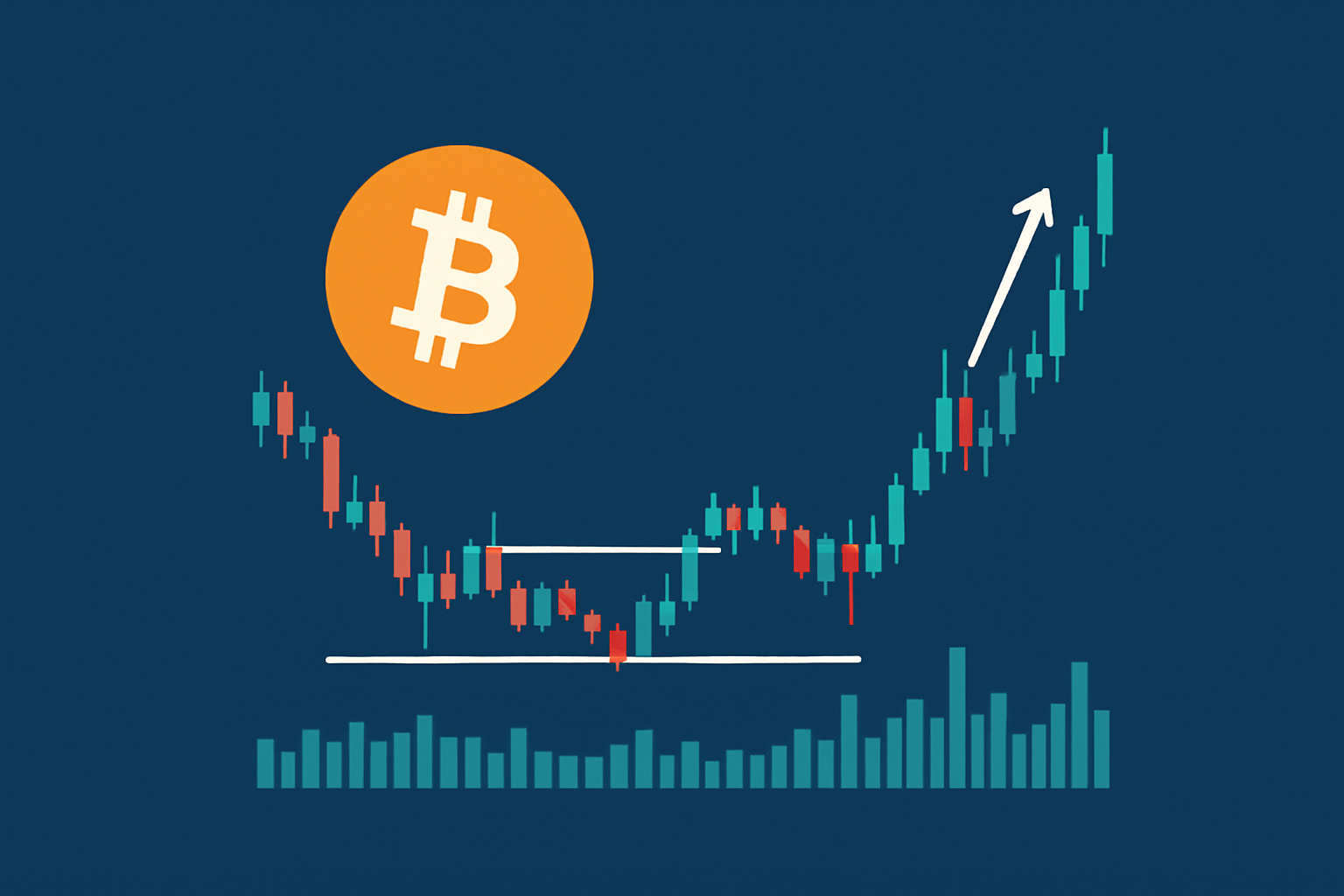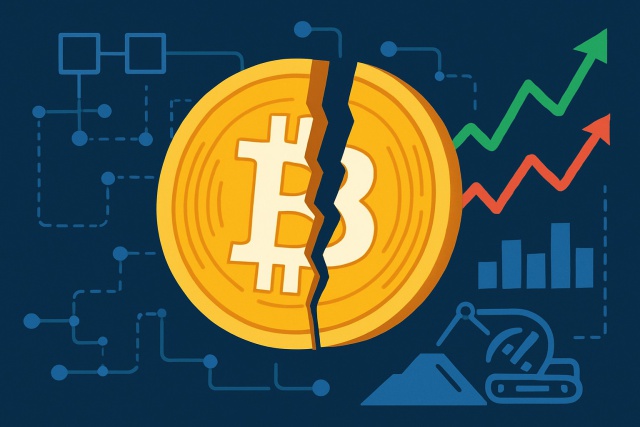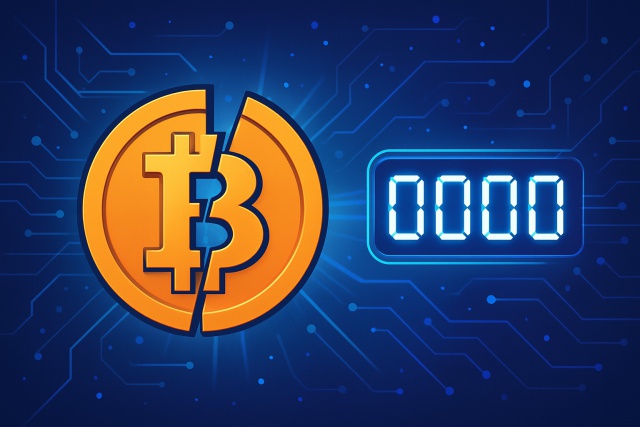Wyckoff Accumulation and How It Signals Market Moves


The Wyckoff Accumulation is a pretty handy tool that traders and investors often rely on when trying to get ahead of market shifts, especially with wild cards like Bitcoin. Wrapping your head around this concept lets you catch when the 'smart money' is quietly scooping up shares before a possible big price jump. It’s all about spotting those subtle dance moves between buyers and sellers at the market’s low points, giving you little clues about potential rallies.
What Exactly Is Wyckoff Accumulation All About?
Wyckoff Accumulation is a trading concept named after Richard D. Wyckoff who was one of the first to really roll up his sleeves and study market behavior in detail. Accumulation happens when the so-called "smart money"—those savvy big players—quietly scoop up large chunks of an asset without causing prices to jump too fast. This phase often sneaks in after a long downtrend, right before prices decide to make their move upward. The idea is that these investors are carefully stacking their chips during a chill period of price stability, setting the stage for what could be a nice rally down the road.
During accumulation, smart money usually prefers to build their positions quietly to keep the market's jitters to a minimum before things start trending upward.
A Quick Dive into the Wyckoff Method’s Story
Richard D. Wyckoff was a pioneering trader and market analyst who made his mark in the early 1900s. He developed the Wyckoff Method, a clever and systematic approach to interpreting price movements by focusing on supply, demand and market phases. By paying close attention to price patterns and volume, Wyckoff could spot key stages in market behavior that often go unnoticed. Take accumulation for example where savvy investors quietly pile in and set the stage for upward trends—like preparing backstage before the big show.
Getting to Grips with the Wyckoff Market Cycle
The Wyckoff Market Cycle breaks down market behavior into four key phases that repeat predictably. These stages help traders figure out where an asset's price sits within the bigger picture. It starts with accumulation, a quiet buildup of buying interest often under the radar. Then comes markup where prices climb as more players jump on board. After that, distribution marks the peak when the big fish begin offloading their holdings. Finally, markdown drags prices down as selling pressure takes the reins.
- Accumulation: Smart money tends to quietly build positions within a trading range after prices have dropped almost like sneaking into a crowded room without making a sound.
- Markup: This phase features an expanding uptrend where public interest usually catches fire propelling prices higher and giving traders a bit of excitement.
- Distribution: Large holders typically start cashing in their chips by selling and taking profits in a congested price area like ducks lining up to leave a pond.
- Markdown: The asset's price takes a tumble as selling pressure ramps up and demand starts drying up signaling that the party might be winding down.
Main Features of the Wyckoff Accumulation Phase You Really Need to Know
During the accumulation phase, Bitcoin’s price usually drifts sideways within a well-defined range. You’ll often see volume pick up whenever it tests support levels, signaling strong demand that soaks up selling pressure like a sponge. Traders have their eyes peeled for 'spring' setups—those moments when the price dips just below support to shake out the weaker hands before bouncing back with a vengeance.
- The price drifts sideways comfortably bouncing between clear-cut support and resistance levels as if it is not quite ready to take a big leap.
- Volume often picks up when prices dip hinting at some eager buyers stepping in to catch the bargains.
- The price doesn’t just glance at the support levels—it tests them repeatedly which usually means a solid floor beneath.
- With low volatility and tight price swings, the market seems hesitant, almost like everyone’s waiting for their cue. Yet there’s some careful positioning going on behind the scenes.

Spotting Wyckoff Accumulation Patterns in Bitcoin Charts - A Handy Guide
Identifying Wyckoff Accumulation means rolling up your sleeves and taking a close look at both price and volume on Bitcoin charts. Start by zeroing in on those extended sideways trading ranges that sneak in right after a downtrend. You’ll want to keep a sharp eye on how volume behaves during support tests because that’s where the story often unfolds. Don’t miss the so-called spring moves—those can be the final shakeout, like a last-minute foot shuffle before the big dance.
Watch for trading ranges where Bitcoin prices pause and move sideways after a downtrend. This often indicates that accumulation is happening quietly.
Pay attention to volume spikes during price dips because they often signal increased buying interest at support levels.
Look out for classic 'spring' or shakeout moves where the price dips just below support but then bounces back quickly. This acts as a test of market nerves.
You can be more confident about accumulation when there is a breakout above resistance accompanied by rising volume. This usually means the big players are stepping in.
Beginners often mix up basic consolidation with accumulation or overlook subtle volume clues that can lead to misleading signals. Avoid this trap by tuning in to how volume and price interact. Exercise patience for a clear breakout and resist the common urge to jump in too early.
The Role of Wyckoff Accumulation in Forecasting Market Moves
Sometimes, catching the early signs of a market shift feels a bit like reading tea leaves—tricky but utterly fascinating. That’s where Wyckoff Accumulation steps in, offering a way to make sense of the noise. It’s a classic approach that helps traders spot when the big players are quietly building positions, setting the stage for the next market move. Understanding this can feel like having a secret handshake in the complex world of trading—subtle but incredibly useful.
Accumulation phases often serve as early whispers of bullish trends, especially in the rollercoaster ride that is Bitcoin’s cyclical markets. When savvy investors quietly pile into their positions it’s usually a strong hint that they’re betting prices will climb. Picking up on accumulation can give traders a leg up and let them catch the wave before it’s obvious to everyone else.
Wyckoff accumulation often feels like the calm before the storm. On the surface, the market looks pretty quiet, but seasoned traders are subtly gearing up, almost like they are holding their breath for a potential big push ahead.
Practical Ways to Put Wyckoff Accumulation into Action
Traders often lean on accumulation signals to build a disciplined game plan for jumping into and managing their Bitcoin positions. This usually means snapping up coins near trusty well-established support levels inside trading ranges. They hang tight until the inevitable spring moves get the green light and keep risk in check with stop-loss orders placed just a hair below those critical supports.
- Consider buying near support levels within a clear accumulation range to quietly align with smart money who are building positions behind the scenes.
- Be ready to jump in more boldly once a spring or shakeout appears because that often signals a strong demand reversal.
- Keep an eye on volume divergence since it gives a subtle but powerful early clue that strength might be developing beneath the surface.
- Place stop-loss orders just below those support levels to control downside risks since managing risk is half the battle.
- Slowly take profits during the markup phase to lock in gains as the price rises. It’s all about pacing yourself without getting greedy.
Picture Bitcoin finally catching its breath after a long slog downward and then drifting sideways between $25,000 and $30,000 like a boat anchored in calm water. Volume tends to spike especially during those little dips that make traders hold their breath. After a brief dip below $24,000 and a quick sharp reversal back up, a savvy trader jumps in around $25,000. They carefully place a stop-loss just under $24,000 and patiently wait for a breakout above $30,000 ideally with volume picking up to confirm the move. From there they gradually take profits as the price inches its way up towards $40,000.
Common Misconceptions That Often Trip People Up About Wyckoff Accumulation
Many beginners tend to confuse accumulation with simple price consolidation and expect prices to shoot up immediately after these phases. They also tend to underestimate how important volume is in the analysis. Another common pitfall is assuming accumulation takes place only during bull markets. In reality, it’s cyclical and those patterns rarely show up the same way twice.
- Accumulation doesn’t always spark an instant price surge. Sometimes breakouts take their time before making a move.
- Skipping over volume analysis can easily trip you up and cause you to mistake boring sideways drifting for actual accumulation.
- Accumulation phases appear in both bull and bear markets because they are part of the market’s usual ebb and flow.
- Expect a fair bit of variety in accumulation patterns since perfectly textbook examples are quite rare in the wild world of trading.
Tools and Resources to Really Get a Better Grip on Wyckoff Accumulation Analysis
Getting a solid grip on Wyckoff Accumulation usually means having access to reliable charting platforms that lay out detailed price and volume data in a way that makes sense. Platforms like TradingView come packed with customizable volume indicators and handy drawing tools that help pinpoint trading ranges and price movements without the usual headache. You’ll find plenty of online courses focused on the Wyckoff Method, must-read books including Wyckoff’s own "The Wyckoff Method of Trading and Investing in Stocks" and lively trading communities where individuals share analysis and real-time examples. Combining these resources with paper trading or simulations is a clever way to build your skills and confidence before risking real dough.
Start Your Crypto Journey with Coinbase Today
Ready to enter the cryptocurrency market but unsure where to begin? Coinbase makes buying, selling, and storing digital assets simple and secure for beginners and experts alike.








